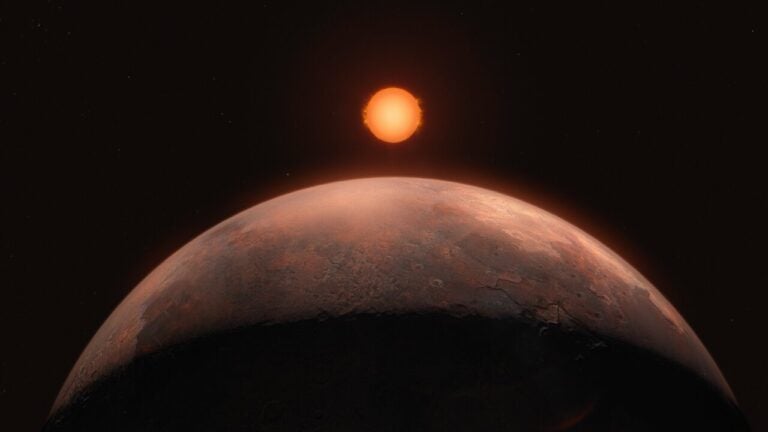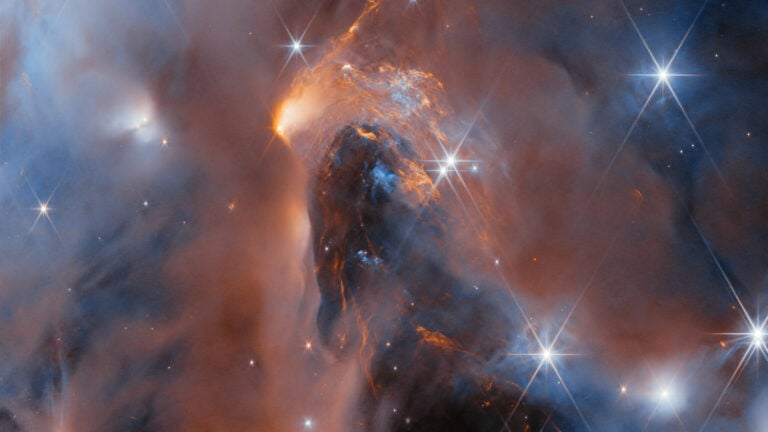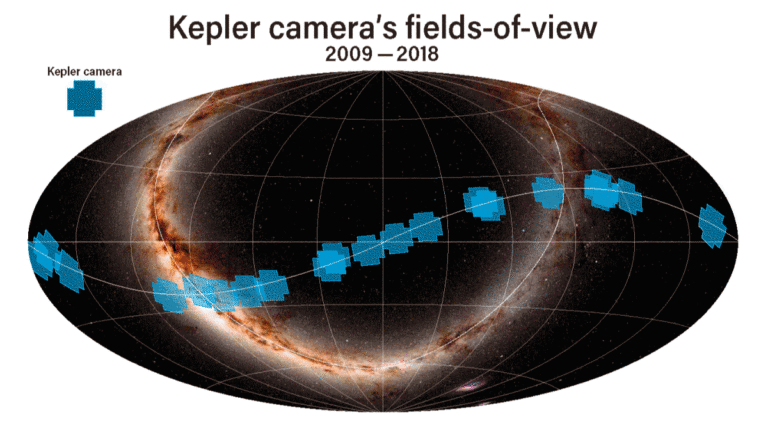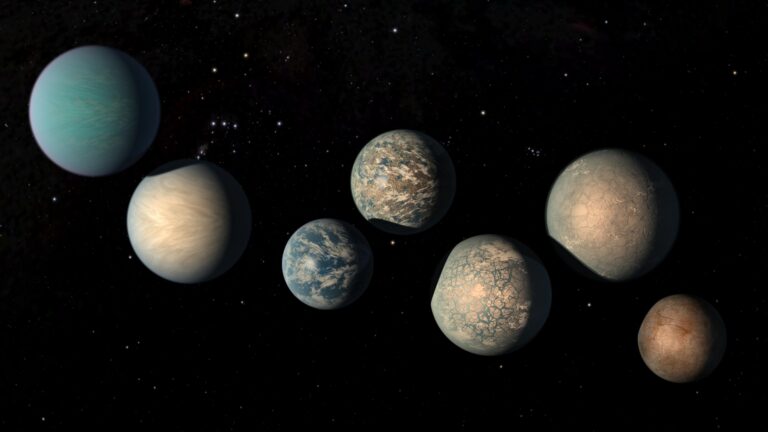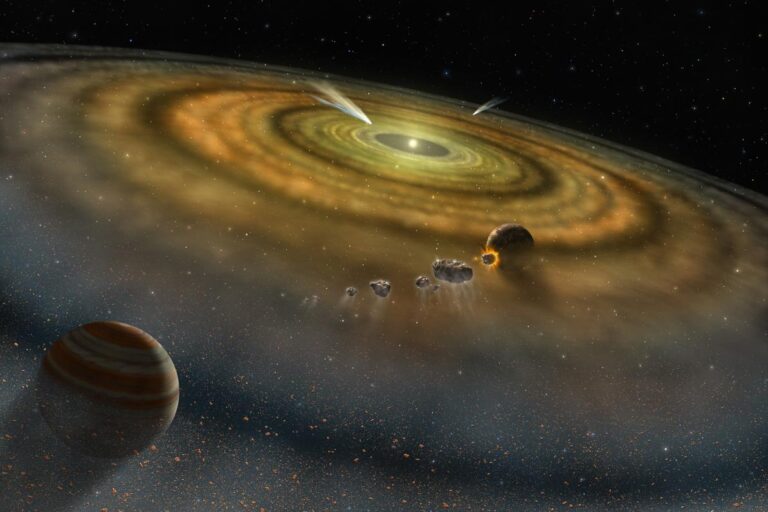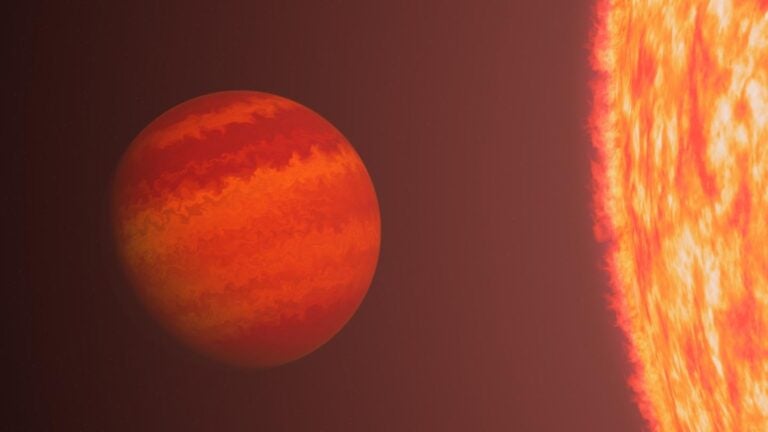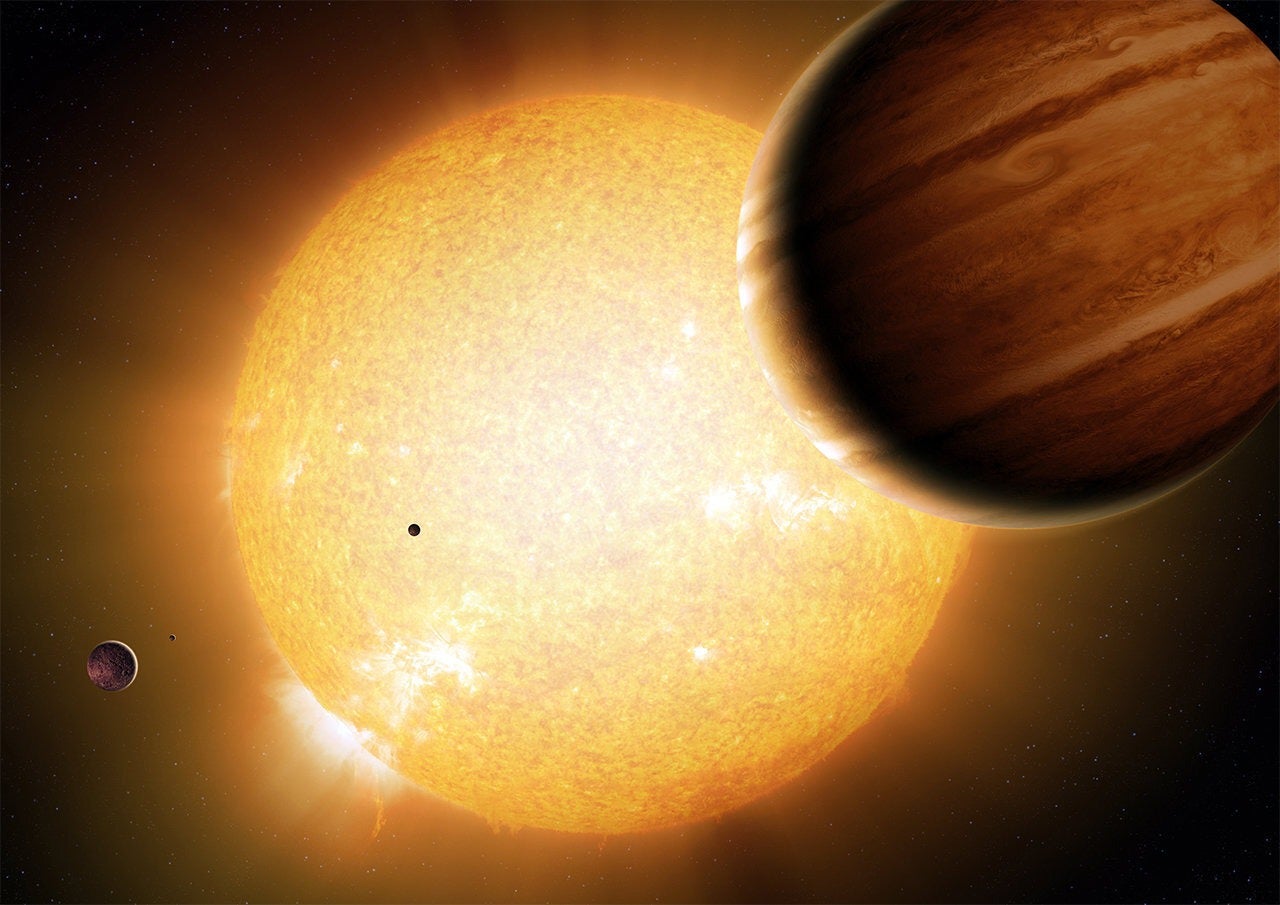June 28, 2004
Most extrasolar planetary searches are carried out using professional telescopes and instruments, many of them working at the “bleeding edge” of what’s technically possible. But some kinds of searches lie within the grasp of advanced backyard astronomers — for example, monitoring stars for minute drops in brightness caused by a planet crossing the star’s face. One such project is named Transit Search. It was profiled (“Join the hunt”) in Astronomy for January 2003.
Most extrasolar planetary searches are carried out using professional telescopes and instruments, many of them working at the “bleeding edge” of what’s technically possible. But some kinds of searches lie within the grasp of advanced backyard astronomers — for example, monitoring stars for minute drops in brightness caused by a planet crossing the star’s face. One such project is named Transit Search. It was profiled (“Join the hunt”) in Astronomy for January 2003.
This is no project for the casual skywatcher. It requires a telescope, CCD camera, a good computer, and software capable of detecting brightness changes of less than 1 percent.


